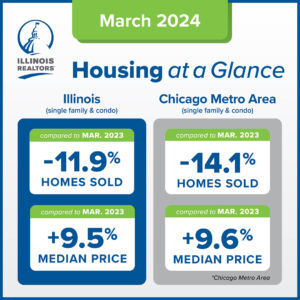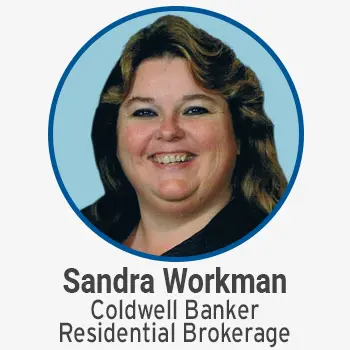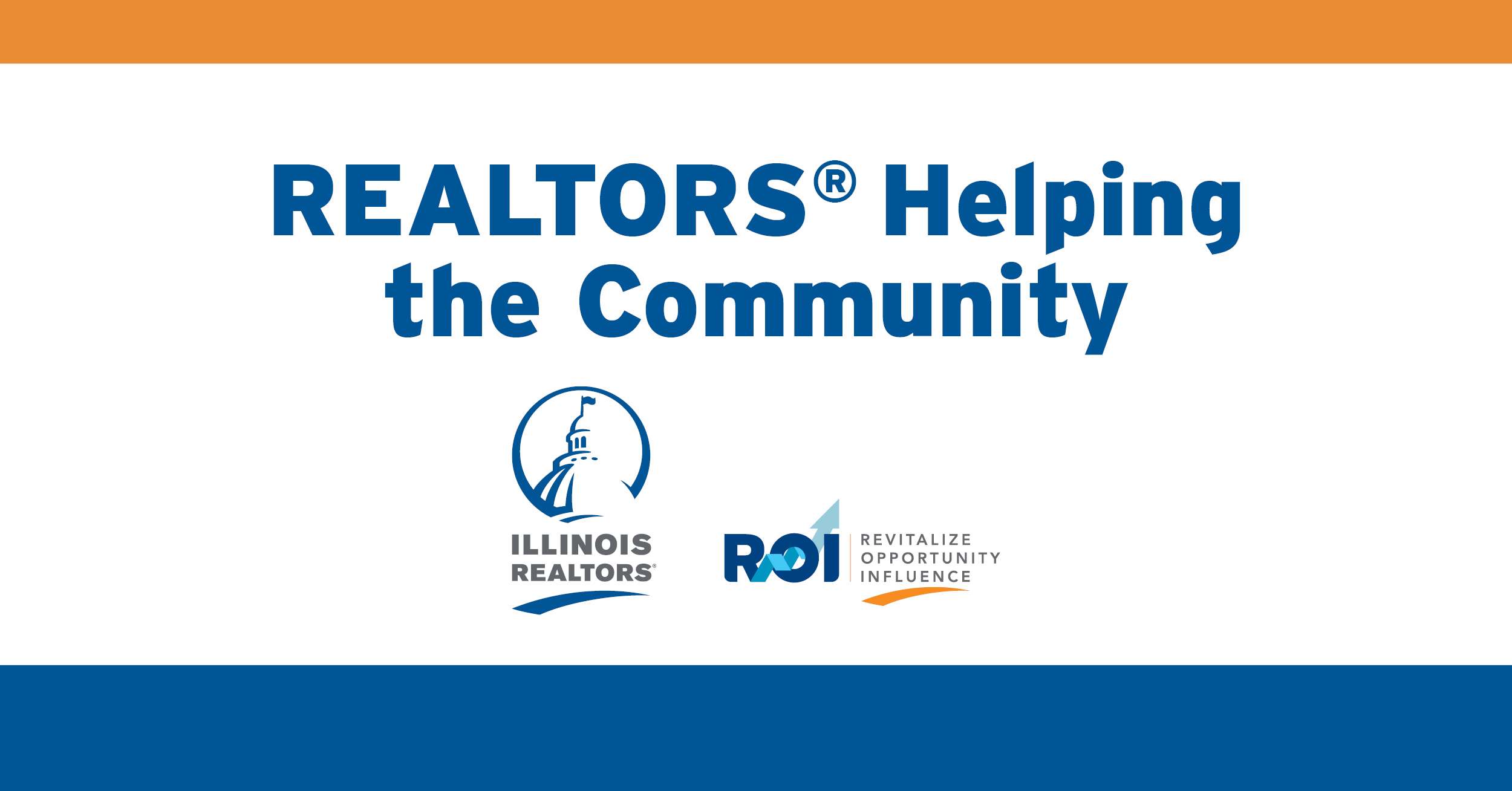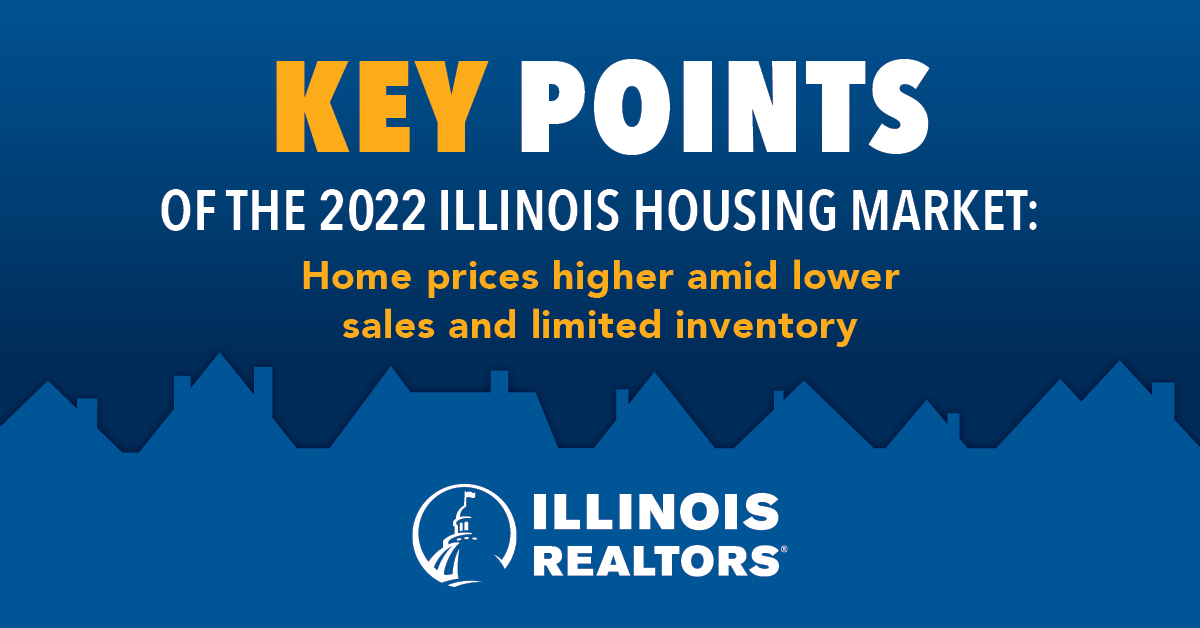Today the Illinois Association of REALTORS® released its January home sales report which showed some positive signs in terms of the volume of sales while home sale prices are still under significant pressure from distressed properties in the marketplace.
Here are some observations by University of Illinois economist Dr. Geoffrey J.D. Hewings, director of the Regional Economics Applications Laboratory, from his forecast for the Illinois housing market.
- While it is too early to signal a housing market turnaround, there are some encouraging signs. Sales declined by a very small amount, year-over-year, and would have been higher than 2010 had the effect of the home buyer tax credit been removed. Prices, however, are still being challenged by the volume of distressed properties on the market.
- There are different supply-and-demand forces that could affect the housing market in the future. On the demand side, buying a house is still very affordable: the housing price is trending back to the early 2000s, and the 30-year fixed mortgage rate is still around 5%.
- However, on the supply side, there is still a lot of distressed property that is flooding the market, creating a huge downward pressure on the market prices.
- While the housing market is still sluggish, the rental market is heating up. After falling 27% between 2006 and 2009, values of apartment buildings rose 16% in 2010, according to the brokerage firm Marcus & Millichap. Renter households have reached a record high of 37 million after increasing by 3.5 million in the past five years. Green Street Advisors expects an additional 4.4 million rental households to be added by 2015. The pressure of rental property demand is driving up rent. Further dramatic increases in rents could push consumers back to the housing market to take a mortgage and become homeowners.
- However, the mortgage market has also tightened up. On the side of private lenders, banks are pushing homebuyers to put down more cash as a down payment. The median down payment in nine major U.S. cities rose to 22% last year on properties financed by private lenders. This figure was only 5% in early 2007.
- On the side of government, the Obama administration outlined a plan to shrink the government-owned mortgage giants, Fannie Mae and Freddie Mac. The proposed new plan has three goals: to gradually increase the fees the mortgage companies charge lenders, to tighten underwriting standards, and to require borrowers to put down larger down payments. Possible consequences of this plan are that it could drive up housing costs and make buying a house harder for some consumers.
- There is some good news from the labor market: the unemployment rate, currently 9.0 percent, fell by 0.4 percent for the second month in a row.




 Create professional development programs that help REALTORS® strengthen their businesses.
Create professional development programs that help REALTORS® strengthen their businesses.
 Protect private property rights and promote the value of REALTORS®.
Protect private property rights and promote the value of REALTORS®.
 Advance ethics enforcement programs that increase REALTOR® professionalism.
Advance ethics enforcement programs that increase REALTOR® professionalism.
 Protect REALTORS® by providing legal guidance and education.
Protect REALTORS® by providing legal guidance and education. Stay current on industry issues with daily news from Illinois REALTORS®, network with other professionals, attend a seminar, and keep up with industry trends through events throughout the year.
Stay current on industry issues with daily news from Illinois REALTORS®, network with other professionals, attend a seminar, and keep up with industry trends through events throughout the year.






